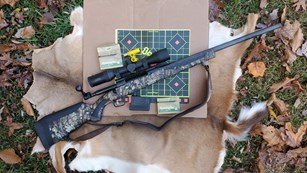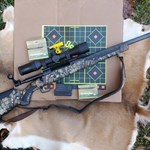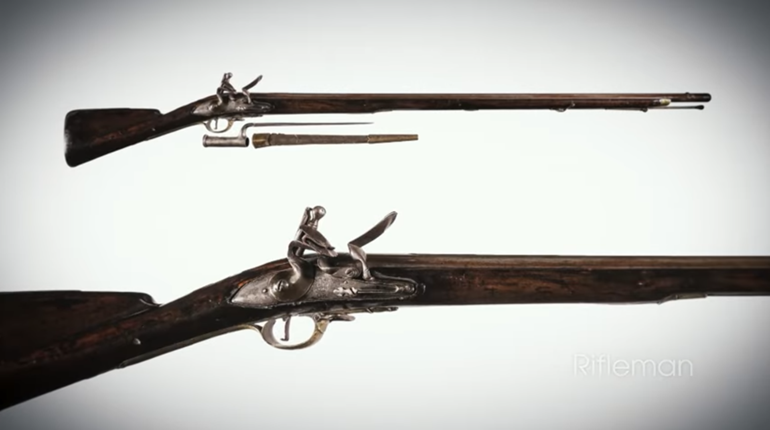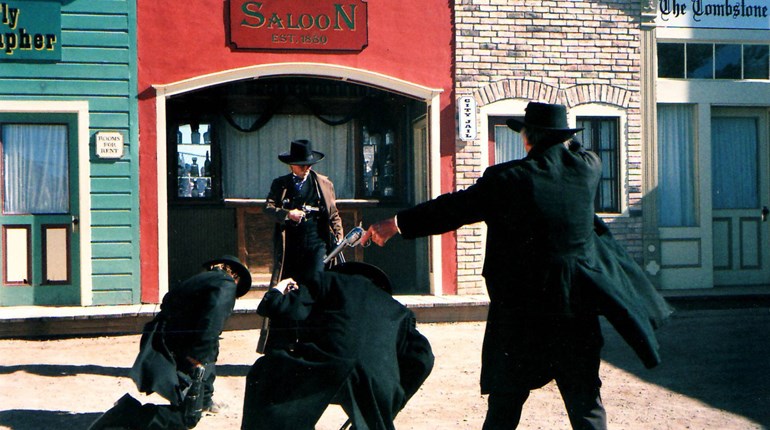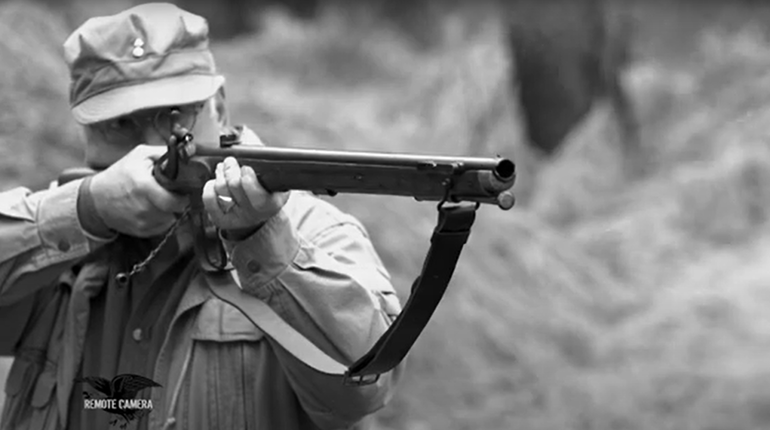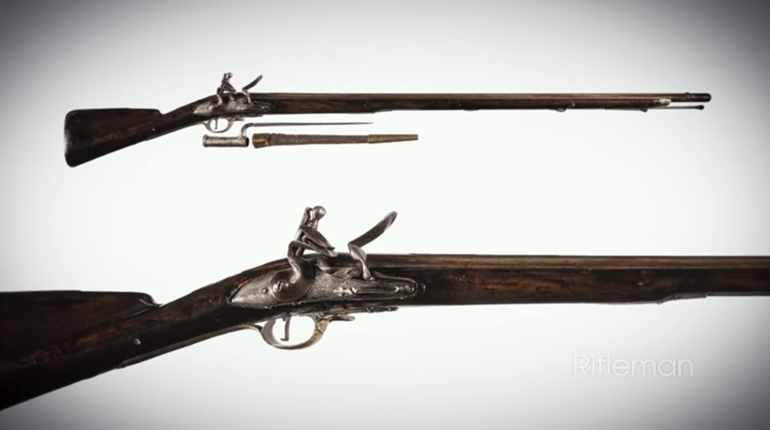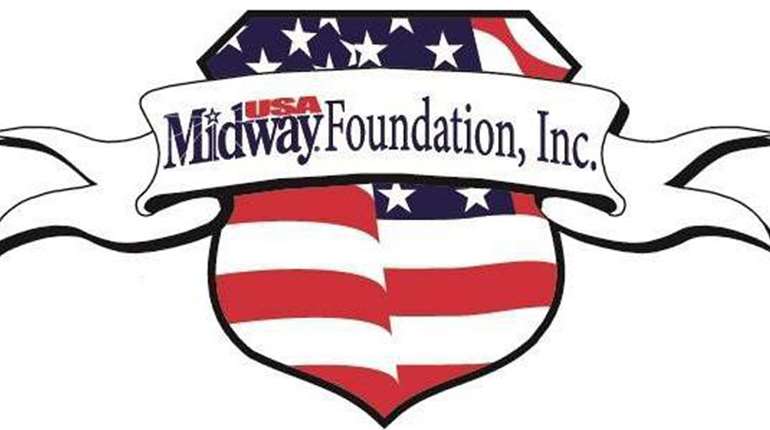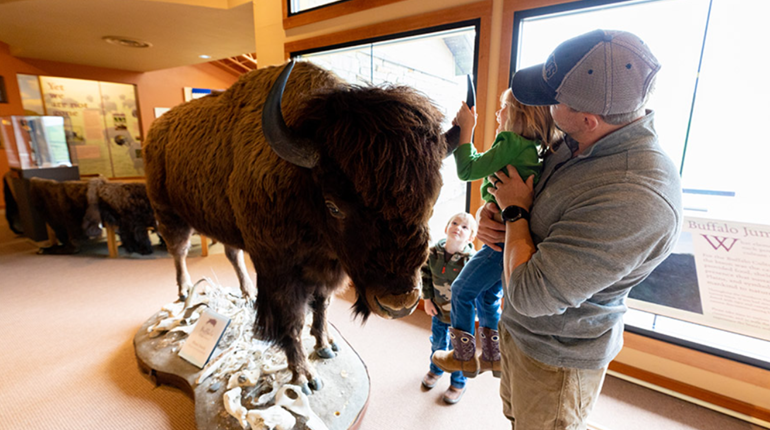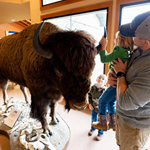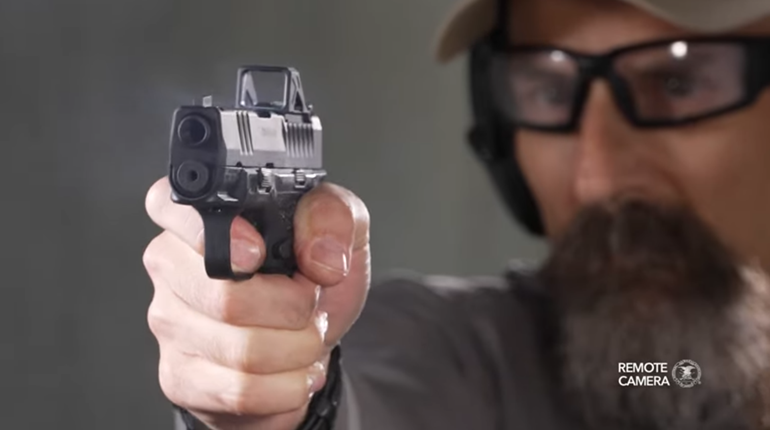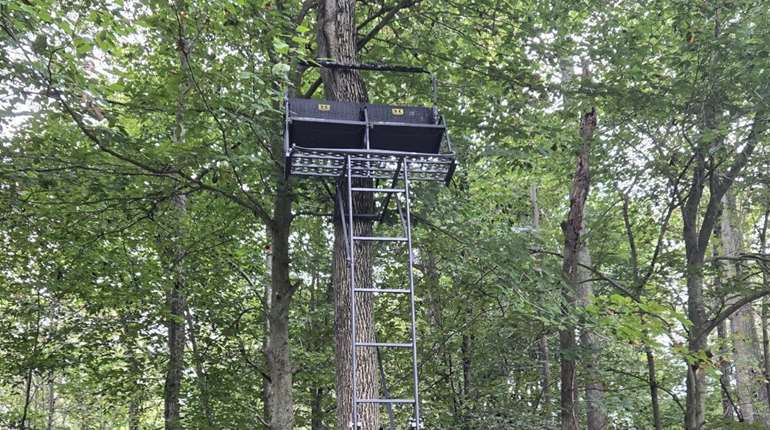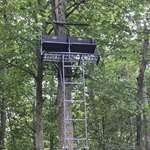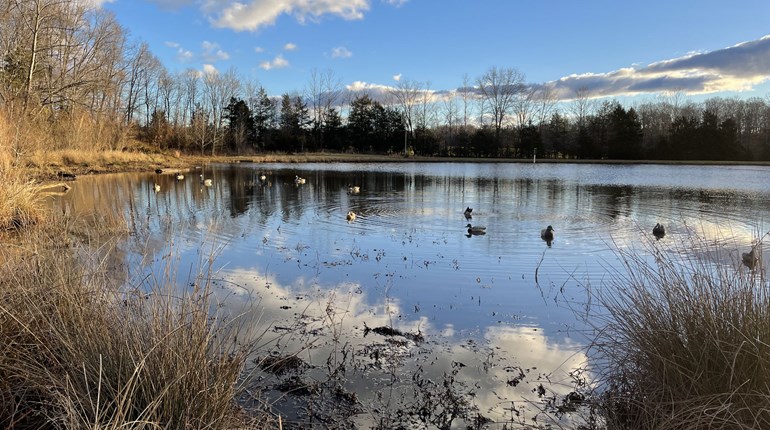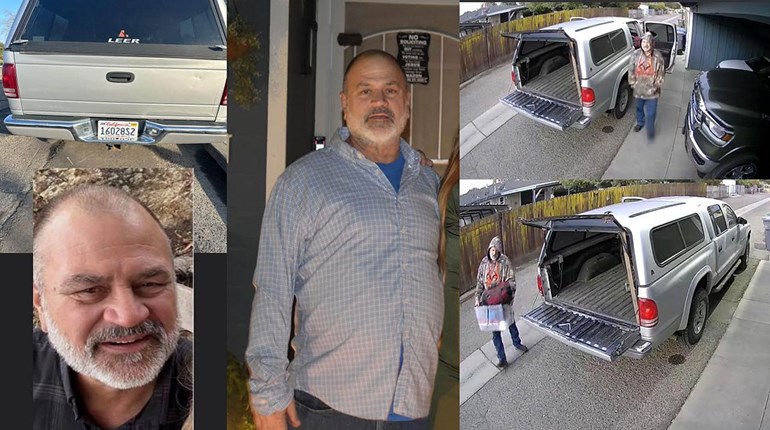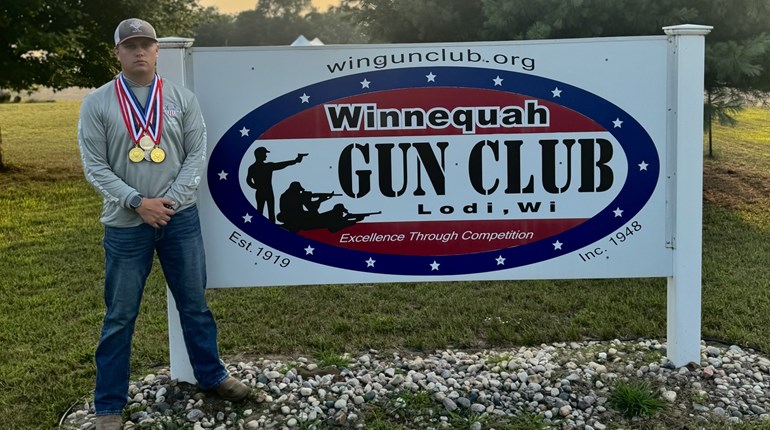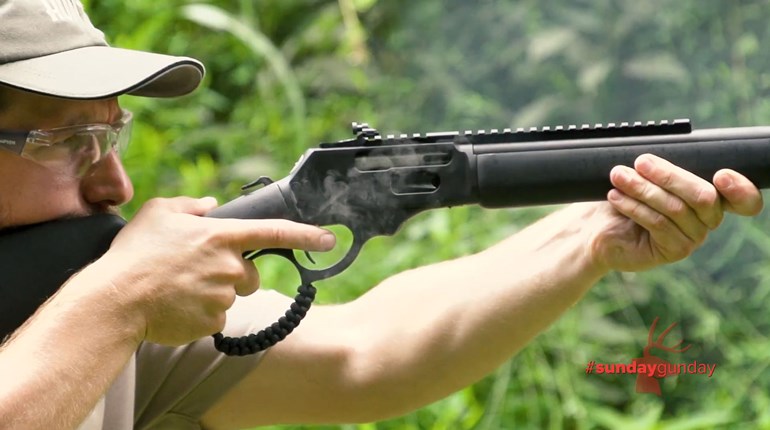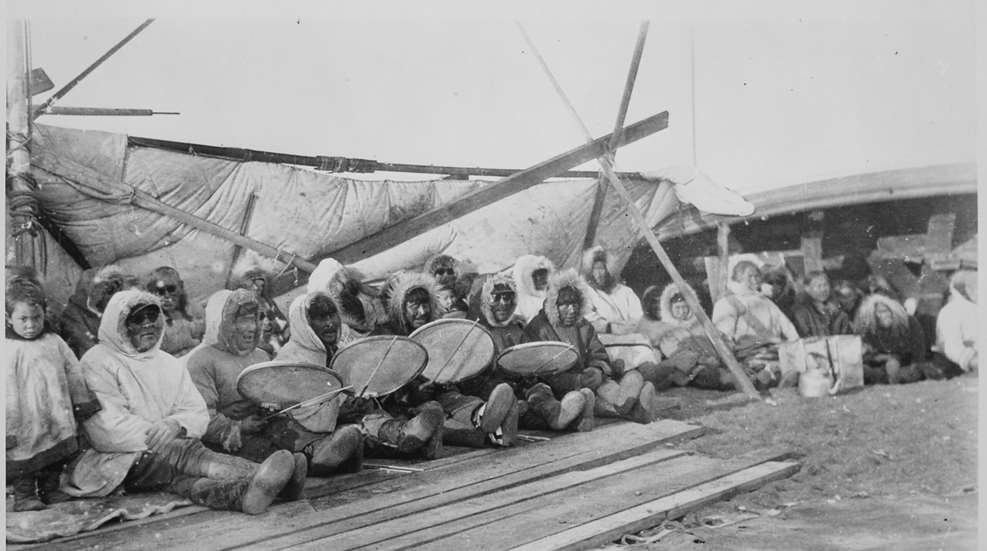
The 1960s were turbulent times in America, with protests on college campuses concerning the Vietnam War taking the form of nonviolent, civil-disobedience events called “sit-ins.” Students would enter a campus administration building en masse, then simply sit down on the floor, disrupting business as usual. When the students would not leave when politely asked, campus security would be notified or local police called to break up the protest. In 1961, a protest of a very different type occurred in Alaska, which came to be known as the “Barrow Duck-In.”
Barrow, Alaska—today known as Utqiagvik—is one of the most remote locations in North America. Located north of the Arctic Circle, it’s the northernmost town in the United States and one of the northernmost cities/towns in the entire world. Point Barrow, located just nine miles away, is the northernmost point of the United States. This desolate area has been home to the Inupiat, an indigenous Inuit ethnic group, for more than 1,500 years.
To survive in a such a remote wilderness, the indigenous people had been subsistence hunter-gatherers for centuries. They hunted whales, seals, and caribou, but during the short Alaskan spring and summer, which lasted only a few short months, their primary source of food was waterfowl. Hundreds of thousands of ducks and geese annually migrated to the area to breed, and the natives harvested them sustainably. All went well with this arrangement until Alaska became America’s 49th state on January 3, 1959.
The winter of 1960-1961 had been unusually difficult for the native residents of Barrow. Just two whales had been taken, providing only the bare amount of food required per family. As a result, the villagers were anxiously anticipating the upcoming spring waterfowl hunting.
But there was a problem: Now that Alaska was recognized as a U.S. state, it was required to abide by the international Migratory Bird Treaty Act that America had signed with Canada and Mexico in 1918 and again in 1937. The regulations clearly stated that waterfowl hunting was illegal from March 10 to September 1 annually in all three countries. Any hunter caught violating that particular law, and other similar regulations, would be arrested and jailed.
Sadie Neakok, a native who lived in Barrow with her husband and 11 children, was caught in the middle of the dilemma. The first female magistrate in Alaska, Sadie said that the treaty, “made criminals of all our people breaking the law … Eben Hopson was our senator and I was magistrate when the state made compulsory that anyone who hunted waterfowl out of season would have to be put in jail ... And so, Eben and I knew every man, woman, and child who was able to hold a shotgun was guilty of hunting ducks that spring.”
The Barrow native community decided to protest the law by overwhelming the federal government’s response in that remote area by staging the Duck-In. The next morning, 138 native men, women, and children showed up outside the local U.S. Fish and Wildlife office, each holding a dead duck in their hands, a common eider, and demanding to be arrested. Not quite sure what to do, the federal officer in charge, Harry Pinkham, rushed to Neakok’s house seeking her advice. With tongue in cheek, she advised him to do his duty as an officer and make the arrests. Neakok remembers Pinkham responding, “I can’t handle that much paperwork.”
Once the protestors were formally arrested and their illegal ducks confiscated—some 600 lbs. of eiders—Pinkham realized there was no jail large enough in Barrow to hold everyone. Consequently, he herded the people into the local movie theater, but soon released them on their own recognizance. However, before they went home, the group handed Pinkham a letter they had all signed stating their complaints. They also asked Pinkham to make sure the letter was delivered. It was addressed to John F. Kennedy, then President of the United States of America.
To make a long story very short, Senator Eben Hopson contacted the governor of Alaska, William Egan, to discuss the Duck-In incident, and both agreed to support the Barrow natives’ position on subsistence hunting. In the weeks following, articles were published in the Washington Post, New York Times, and other newspapers across America in support of Alaska’s native peoples. As a result, President Kennedy and his Secretary of the Interior, Stewart Udall, received hundreds of letters condemning the hunting regulations and enforcement action by the U.S. Fish and Wildlife Service.
After a year of public pressure, an odd compromise was reached. The U.S. Fish and Wildlife Service instructed its law enforcement officers to notify subsistence hunters in Barrow and other subsistence villages of their scheduled patrol dates ahead of time. Hunters would then know the exact times when not to hunt. That strange arrangement would remain in effect for 25 years, until 1997, when subsistence hunts by native Alaskans were no longer considered illegal.
Even though the Barrow Duck-In was a one-time protest, it is considered an important event in Alaska history, as it had significant influence over future subsistence hunting regulations and native-claims laws. For instance, in 1971, 10 years after the Duck-In, President Richard Nixon signed the Alaska Native Claims Settlement Act (ANCSA), which incorporated “rights to self-determination in native land claim policy.” ANCSA also redistributed over 44 million acres back to tribal groups, and returned $962 million over a course of 11 years from taxation on oil drilling activities.
In September of 2018, the U.S. Fish and Wildlife Service even went so far as to make a formal apology to native Alaskans for the Duck-In incident. It was delivered in Anchorage at an Alaska Migratory Bird Co-Management Council meeting, where state and federal government representatives and native tribal officials were present. Sam Cotten, commissioner for the Alaska Department of Fish and Game offered the apology, saying, “We recognized that the regulations were wrong, that they prohibited hunting of migratory birds when you needed it most during the springtime. We got it wrong. We regret that. We caused harm. We’re happy that’s been resolved.”









